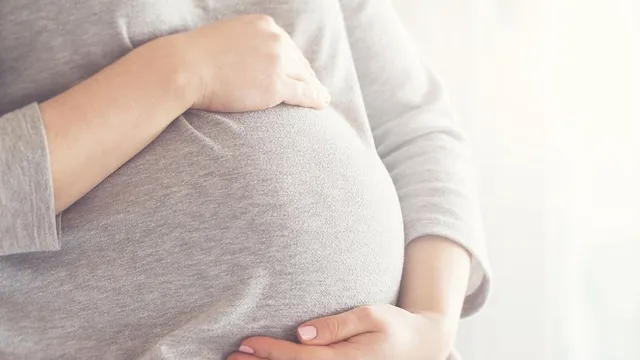- By Sakshi Srivastava
- Wed, 23 Jul 2025 03:55 PM (IST)
- Source:JND
As space agencies and private companies push the boundaries of human exploration—with missions planned to the Moon, Mars, and beyond—the question of whether humans can reproduce in space is gaining urgency. Longer space journeys increase the chance of pregnancy occurring mid-mission, especially with the advent of space tourism. Understanding how space conditions impact reproduction is not just a scientific curiosity—it’s essential if humans hope to eventually colonize other planets.
What Did Scientists Do?
In a groundbreaking experiment, Japanese researchers successfully cultured mouse embryos aboard the International Space Station (ISS). This marks the first time mammalian embryos have been cultivated and grown in space, according to a new study published in iScience. The embryos were extracted from pregnant mice on Earth at an early developmental stage, frozen, and then launched into space aboard a SpaceX rocket. Once aboard the ISS, astronauts thawed and cultured the embryos in a specially designed device for four days—the maximum they could survive outside a uterus.
ALSO READ: Did You Know: Female Frogs Fake Death To Avoid Unwanted Male Attention
What Did They Discover?
After returning to Earth, researchers analyzed the embryos and found:
1. No signs of DNA damage, despite high levels of radiation exposure in space.
2. Normal structural development, comparable to embryos grown under Earth’s gravity.
3. The results indicate that microgravity had no significant effect on the early stages of mammalian embryonic development. Lead researcher Teruhiko Wakayama concluded that mammals may potentially be able to thrive in space environments.
What Remains Unknown?
Despite the promising findings, the study only covered the initial stages of development. It remains unclear whether an embryo can be carried to full term and born healthy in space or after return to Earth.
Future experiments will explore:
1. Implanting space-cultured embryos into female mice on Earth.
2. Sending mouse sperm and eggs into space to test whether in vitro fertilization (IVF) can be performed in microgravity.
These are crucial next steps to understanding whether full mammalian reproduction—conception to birth—can happen off Earth.
Why This Matters For The Future
So far, there are no confirmed instances of sexual activity in space, and women are not allowed to go on missions while pregnant due to health risks and agency protocols. But with the rise of space tourism and plans for long-duration missions, it’s only a matter of time before such possibilities arise.
Astronauts already face numerous health risks in space—from weakened immunity to muscle and bone loss. For a fetus, these effects could be even more pronounced, making the safety of pregnancy in space a pressing question for the future of space colonization.

